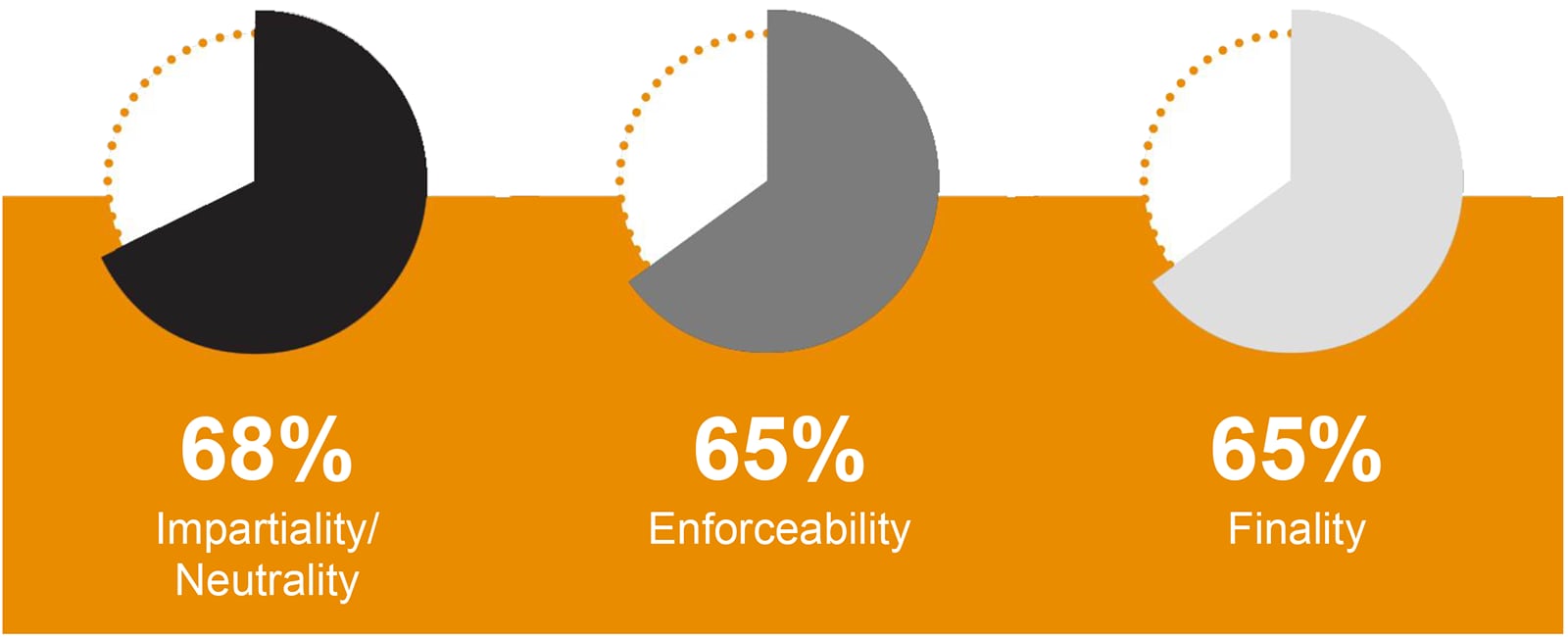The COVID-19 crisis has resulted in a considerable increase in the number and type of cross-border commercial disputes as many businesses faltered and were unable to perform contractual obligations.
With a focus on continuity and minimising losses, organisations prefer a dispute resolution strategy that is not only efficient but also cost-effective and aligned to the commercial interests of the parties to the dispute.
Alternative Dispute Resolution mechanisms
Alternative Dispute Resolution mechanisms, such as Arbitration and Mediation, particularly in the context of international disputes, have been on the rise as organisations envisage resolving disputes quickly and amicably, instead of engaging in long-drawn legal actions. While arbitration remains the most preferred mechanism for cross-border disputes, mediation is gaining popularity.
Arbitration: The popular choice
Arbitration is popular and the attributes of arbitration which dispute resolution users deemed satisfactory are as follows:
74%
of users survey used arbitration

Mediation: The rising star
Although mediation is a less popular choice than arbitration, it is gaining popularity due to increased satisfaction in:
26%
of users survey used mediation

Formulating an effective alternative dispute resolution strategy
Organisation need to holistically weigh their specific requirements, the pros and cons of each dispute resolution mechanism and the severity of a potential dispute. The cost, speed, enforceability, finality and impartiality/neutrality differ across all dispute mechanisms and should be considered carefully.
Overview of the five steps that organisations can take in formulating an effective alternative dispute resolution strategy:
Assess the risks
Select suitable mechanisms
Modify and tailor clause
Review contract
Monitor and identify triggers





